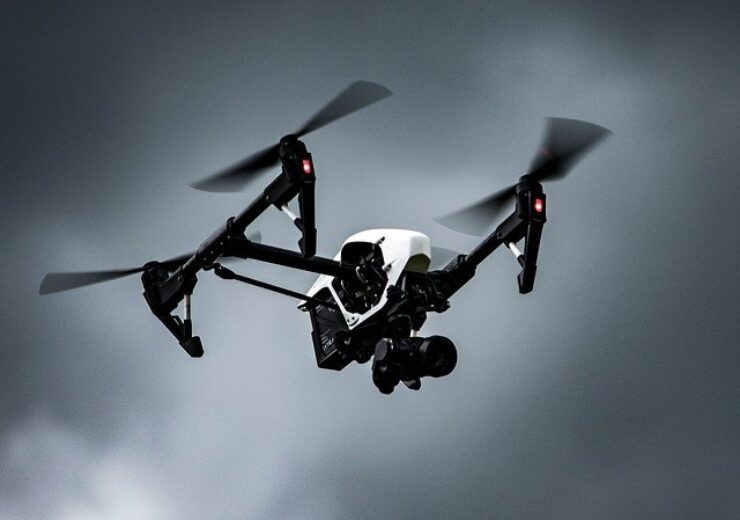The partnership aims to establish the urban weather sensing infrastructure, which can be used for large-scale deployment of commercial urban air mobility

TruWeather and MetroWeather to partner on designing a system for predicting the weather needs of UAS and AAM. (Credit: Thomas Ehrhardt from Pixabay)
MetroWeather has collaborated with micro weather data and analytics company TruWeather Solutions to support the latter’s small business innovation research (SBIR) contract with NASA.
The SBIR contract is dubbed as ‘Urban Weather Sensing Infrastructure’. The goal of the NASA SBIR project is for providing design for the construction of an urban wind experiment (UWEX) in an urban environment.
As per the collaborative agreement, MetroWeather and TruWeather will use their respective strengths to build an urban weather observation infrastructure, which can be employed for a wide-scale deployment of commercial urban air mobility.
Presently, TruWeather is working on phase 1 of the Urban Weather Sensing Infrastructure project, with the potential to be awarded a phase 2 contract.
Based in Japan, MetroWeather is engaged in providing high-precision information on wind conditions by using its Doppler Lidar atmospheric measuring device.
For the partnership, the company will contribute the optimal sensing algorithm and sampling strategy, which will be used for taking simulated lidar measurements in targeted urban areas. The company’s compact Doppler lidars will be used for developing the model for multiple lidar data fusion.
Besides, MetroWeather will design a system to deliver the observation data and application programming interface (API).
MetroWeather CEO Jun-ichi Furumoto said: “The realisation of small, high-performance Doppler Lidars at low cost will make it possible to deploy a large number of Doppler Lidars over drone ports (vertiports) and drone routes, and to visualise local wind gusts and windshear that affect drone takeoffs, landings, and flights in real-time.
“It is also expected to deploy a number of lidars not only at drone ports but also at regional airports.
“As such, we believe we can contribute to the realisation of safe drone operations and air safety and security.”
After acquiring the real-time wind measurement data from the various Doppler lidars, TruWeather will integrate them into its urban wind model for designing a system for efficiently and optimally predicting the weather needs of unmanned aerial systems (UAS) and advanced air mobility (AAM).
TruWeather CEO Don Berchoff said: “TruWeather is honoured to team with MetroWeather to design a testbed with NASA focused on identifying hazardous wind conditions in urban areas.
“MetroWeather’s reputation for scientific excellence and Wind LIDAR technology for urban environments is a key component of the testbed to demonstrate the ability to detect wind shear conditions potentially impactful to safe and reliable advanced air mobility operations.”


